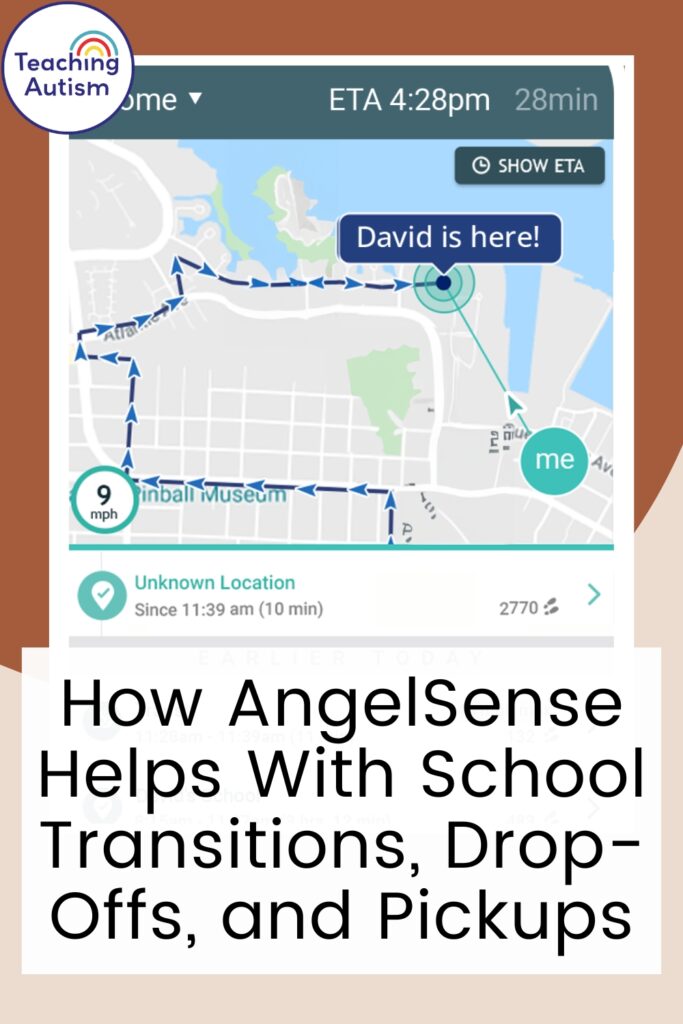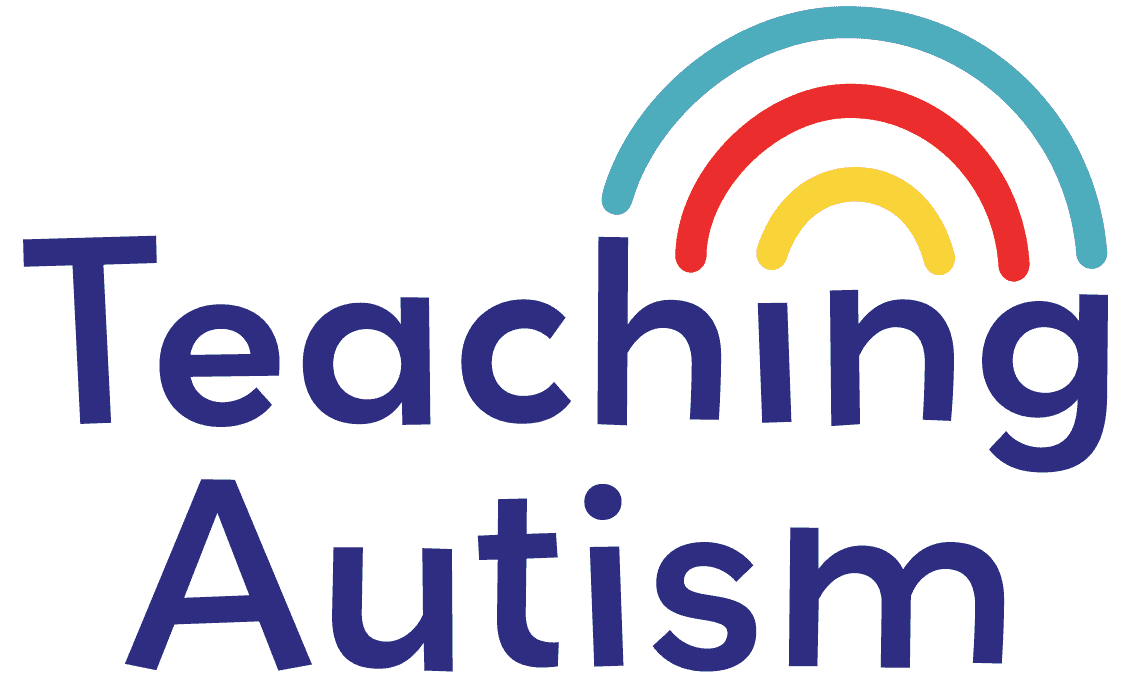How AngelSense Helps With School Transitions, Drop-Offs, and Pickups
How AngelSense Helps With School Transitions, Drop-Offs, and Pickups: A Parent’s Guide
For many families raising autistic or neurodivergent children, the school day doesn’t just begin with the bell ringing. It begins in the car park, at the gate, or in the school foyer – during those moments of transition where anxiety, unpredictability, or sensory overload can make things feel overwhelming.
One of the biggest worries parents share is simple:
“What if my child wanders, bolts, or becomes distressed during drop-off or pick-up?”
It’s a real, valid concern. These transition times are busy, rushed, noisy, and full of unfamiliar movement. And for children who are curious, fast, easily overwhelmed, or have a history of running when anxious – safety becomes a huge priority.
This is where AngelSense becomes more than just a tracker. It becomes a supportive tool that helps families feel confident, connected, and reassured throughout the school day.
In this guide, we’re breaking down exactly how AngelSense helps during school transitions, how parents use it daily, and why it has become a favorite for families with autistic, ADHD, PDA-profile, and sensory-sensitive children.
💡 Affiliate Note: I’m an AngelSense affiliate, which means if you decide to grab one through my links, I may earn a small commission (at no extra cost to you).
If you’re thinking about trying AngelSense for your students or your own child, you’ve got a couple of great options: you can get a free AngelSense device here, or if you’d rather go straight in with a discount, you can save $40/£40 off your AngelSense device here. Either way, it’s a brilliant way to explore how AngelSense can support safety and independence – and it helps me keep creating free content and resources for you too!
Why School Transitions Are Hard for Many Neurodivergent Children
Before diving into the tech, it’s important to understand why drop-off and pick-up can be challenging. Neurodivergent children often experience:
1. Sensory Overload
School entrances are full of:
- rushing families
- loud conversations
- ringing bells
- movement everywhere
- unpredictable noises
This sudden sensory spike can overwhelm a child’s nervous system.
2. Transition Difficulties
Transitions require switching tasks, environments, and expectations.
Many autistic and neurodivergent children need:
- extra processing time
- predictability
- reassurance
- clear routines
Drop-off is fast. Pick-up is chaotic. It’s everything their nervous system doesn’t like in one moment.
3. Flight Risk During Stress
Not because they’re “naughty.”
Not because they’re “misbehaving.”
But because their brain is trying to cope.
Running can be:
- a stress response
- a sensory escape
- a need for movement
- a safety-seeking behavior
Understanding this helps us approach safety with compassion, not blame.
4. Difficulty Communicating Needs
Some children may struggle to express:
- “I’m scared.”
- “This is too loud.”
- “I don’t know what to do.”
AngelSense helps bridge that communication gap by allowing parents to see what’s happening in real time.
How AngelSense Supports Families During School Drop-Off
Morning drop-off is one of the most common times families use AngelSense features because this is when wandering or distress often happens.
Here’s how AngelSense practically helps:
1. Real-Time GPS Tracking From School Gate to Classroom
Once you hand your child over to school staff, AngelSense lets you watch their safe arrival in real time.
You can see:
- their live route
- how long it takes to get inside
- if they’ve reached their classroom
- whether they’ve ended up somewhere unexpected
For parents of children who move quickly or unpredictably, this is a huge comfort.
2. Arrival Alerts So You Know They’re Safely Inside
With AngelSense, you automatically receive:
- Arrival notifications
- School entry alerts
- Location updates
This is incredibly reassuring for parents whose child has previously:
- run in the opposite direction
- become distracted
- wandered off before entering school
- struggled with separation anxiety
It’s clarity when you need it most.
3. Check-In Button for Separation Anxiety
Some parents encourage their child to tap the AngelSense button upon arrival to say:
- “I’m inside!”
- “I’m OK!”
This helps build confidence and routine for children who thrive on predictability.
How AngelSense Helps During the School Day
While this article is focused on transitions, many parents want reassurance during the school day too.
AngelSense provides:
- timeline view of movements
- alerts if the child leaves the building
- the ability to listen in if there’s a safety concern (depending on permissions and settings)
- geofencing so the school is recognized as a “safe place”
This means if your child goes:
- to the playground
- to a different part of the building
- on a trip
- off school grounds unexpectedly
You know. Immediately.
How AngelSense Supports Families During Pick-Up
Pick-up is one of the most unpredictable parts of the day. Children may be:
- tired
- overstimulated
- dysregulated
- rushing to leave
- navigating busy car parks
AngelSense helps parents manage all of this more safely.
1. You Can See If They’re Still Inside or Already Outside
With live tracking, you can tell:
- if your child is still in class
- if they’ve walked out early
- if they’re waiting in an unexpected location
- if they’ve left toward the wrong car or exit
This prevents those heart-stopping “Where did they go?” moments.
2. Perfect for Car Line or Walking Pick-Up
AngelSense lets you see EXACTLY when your child is approaching, which helps with:
- timing arrivals
- reducing wait time
- avoiding unnecessary stress
- preventing sensory overwhelm
Parents often check the live map so they know whether their child is:
- still packing up
- walking to the pick-up point
- delayed with staff
This removes uncertainty and reduces pressure on the child.
3. Emergency Alerts if They Wander or Move Unexpectedly
If your child suddenly:
- walks toward a car park
- moves toward a road
- heads away from school staff
AngelSense instantly sends an alert.
This is incredibly important for families whose children:
- leave quickly when overwhelmed
- chase sensory stimuli
- get distracted and follow movement
- dislike chaotic environments
Immediate alerts = immediate safety.
Why Parents Say AngelSense Helps With School Anxiety
Parents often share that AngelSense doesn’t just support the child – it supports them.
AngelSense helps parents:
- trust the transition
- breathe easier once their child is dropped off
- feel included in their child’s school day
- stay calm during unpredictable moments
- communicate with the school more effectively
For families coming from trauma, previous elopements, or safeguarding concerns, this sense of security is priceless.
Neuro-Affirming Reasons AngelSense Works So Well
It’s important to highlight that AngelSense isn’t about “controlling” or “monitoring” a child.
It’s about support, safety, and connection.
AngelSense works because it:
- honors neurodivergent needs
- respects autonomy while providing safety
- reduces adult anxiety that children often absorb
- supports co-regulation
- prevents blame, shame, or punishment
- helps adults understand patterns that the child may not be able to explain
A safe, regulated adult supports a safe, regulated child.
And sometimes, safety requires tools.
When Families Find AngelSense Most Helpful During School Transitions
From parent surveys and lived experiences, the most common uses include:
- Autistic children with flight-risk behavior
- Children with PDA profiles who react strongly to transitions
- Children with ADHD who move impulsively
- Children who struggle with overwhelm at busy school gates
- Children who transition between multiple caregivers
- Children in shared-custody arrangements
- Children who communicate differently or are non-speaking
- Highly anxious children who need reassurance
AngelSense becomes the bridge between home and school.
Should You Use AngelSense for School Transitions?
For many families, the answer is yes – especially if:
- transitions are stressful
- there is a history of wandering
- your child struggles to communicate during distress
- the school is large or has multiple exits
- you’ve had safety concerns in the past
- you just need peace of mind
It’s not about fear.
It’s about empowerment.
AngelSense gives families exactly what they need during one of the most stressful parts of the day: clarity, connection, and reassurance.
AngelSense Helps Children Feel Safe, Not Controlled
Neurodivergent children deserve safety without shame.
Parents deserve peace without guilt.
AngelSense isn’t a replacement for connection, support, or understanding – it’s an additional layer of safety in a world that isn’t always predictable.
For many families, school transitions become calmer, more predictable, and far less stressful with AngelSense.
And if you’re considering trying it, especially for school drop-offs and pick-ups, it may be one of the most supportive decisions you make for your family.
💡 Affiliate Note: I’m an AngelSense affiliate, which means if you decide to grab one through my links, I may earn a small commission (at no extra cost to you).
If you’re thinking about trying AngelSense for your students or your own child, you’ve got a couple of great options: you can get a free AngelSense device here, or if you’d rather go straight in with a discount, you can save $40/£40 off your AngelSense device here. Either way, it’s a brilliant way to explore how AngelSense can support safety and independence – and it helps me keep creating free content and resources for you too!
Helpful Links
If you found this blog post helpful, you may also be interested in the following;
- Everything Teachers Need to Know About AngelSense in the Classroom
- AngelSense vs. Apple AirTag – Which is Better for Keeping Kids Safe?
- How to Create a Sensory Room at Home
- How to Track My Autistic Child
If you found this blog post helpful, please consider sharing it with your friends and colleagues on social media, it helps more teachers find support, and it means the world to me and my little family too.
And if you haven’t already, be sure to check out my Free Resource Library for tons of classroom tools, visuals, and printables to make your teaching life easier (and a whole lot more fun!).
P.S. Have you signed up for my VIP membership yet? If not, head on over and sign up now. You’ll get access to hundreds and hundreds of resources, templates, crafts and more being uploaded every month!
Nikki








